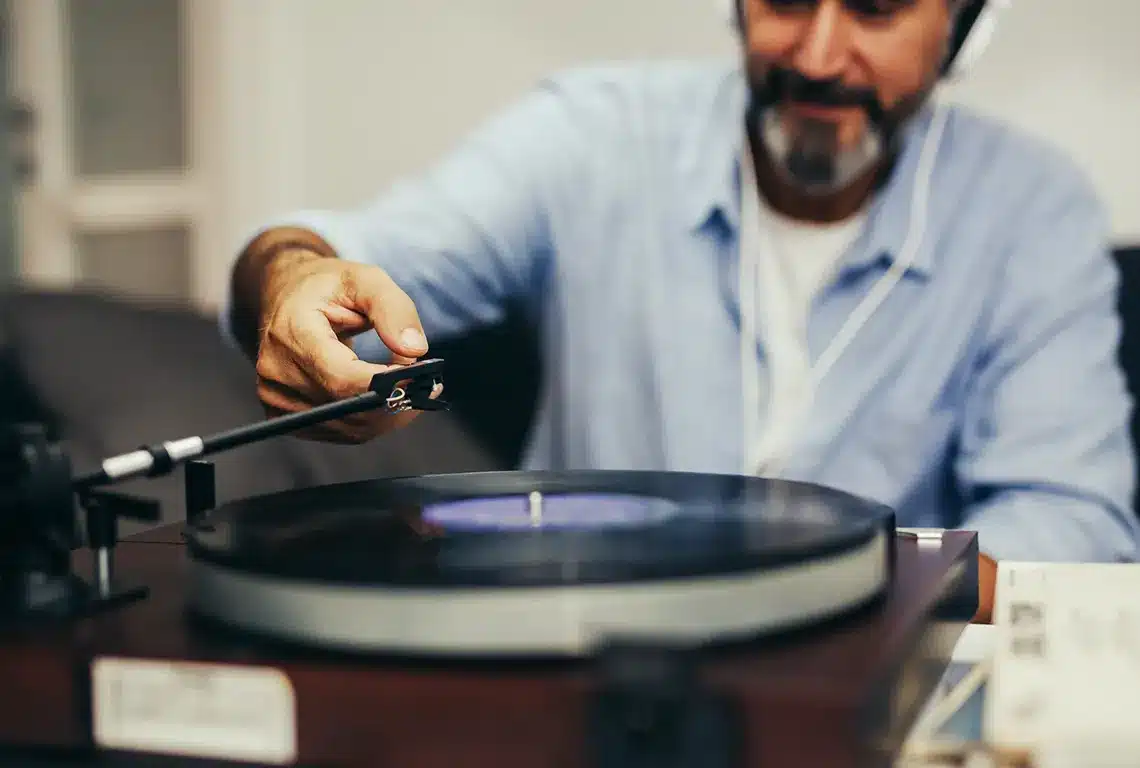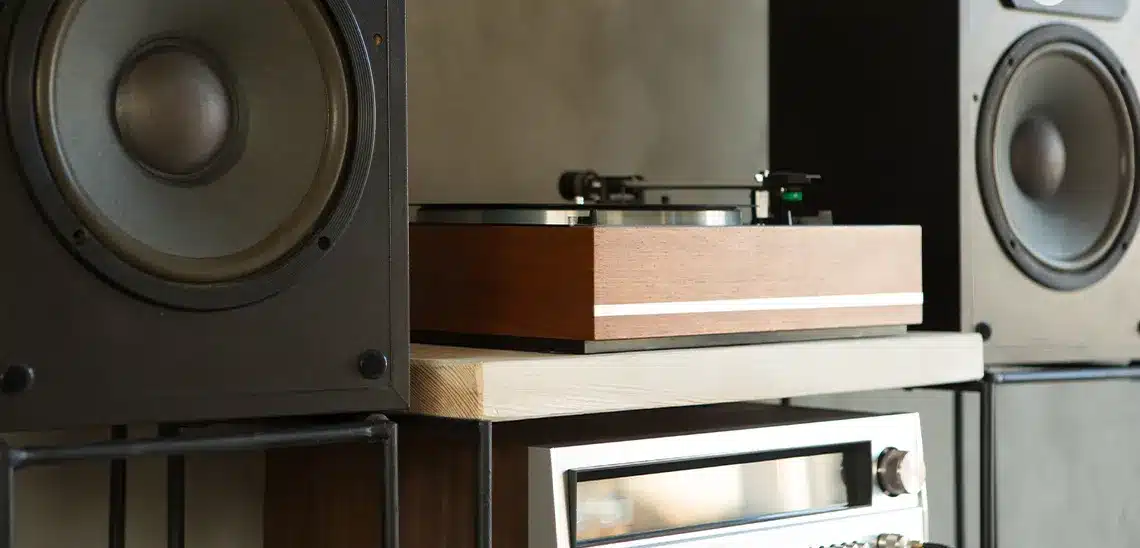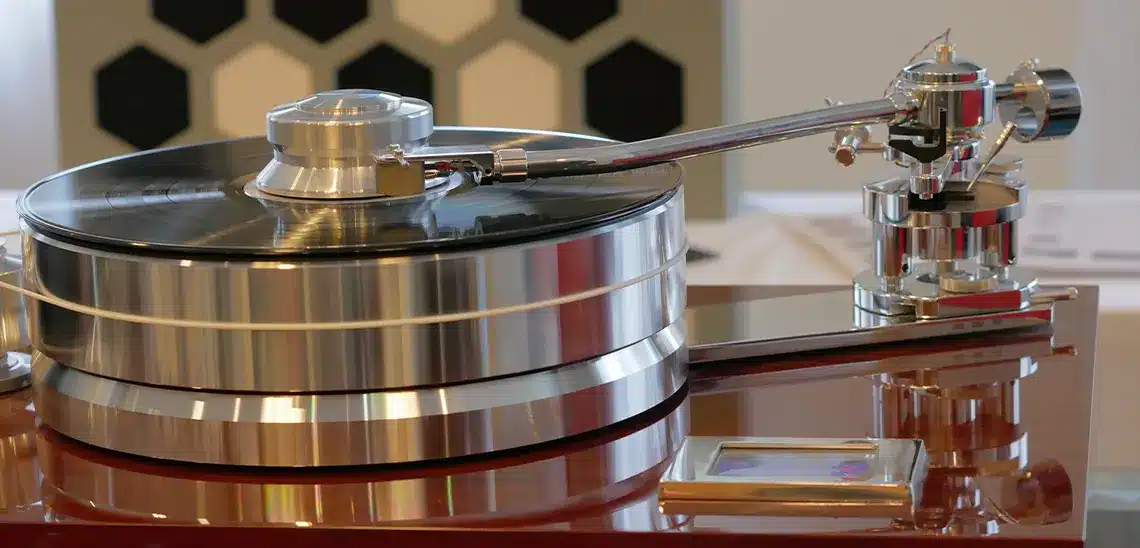Audiophiles are the most avid proponents of their sound systems, and the passion extends to turntable owners of both modern and vintage models. You may have heard that nothing beats the craftsmanship and nostalgia of older record players, or that nothing compares to the fine-tuned precision of modern-day turntables. But no matter which model you’re feeling drawn to, there are significant differences that may help you choose. Our team at iWired has compared and contrasted the two so you can select the record player that matches your listening lifestyle.

Physical Appearance
Sound Quality

Technological Advancements
Fix-it Factor

Cost & Value
Complexity of Use
Turntables are created with different purposes in mind. Due to earlier technology and fully automated simple settings, vintage stereos are considered far easier to operate. You may only have to adjust the RPM before putting on the tunes. On the other hand, modern models require you to lift the platter and manually adjust a variety of features before listening. Almost nothing is even partially automated, both record players that are this complex tend to be reserved for professional performers and DJs; there are still simple modern models available out there. Just be aware that though it may not seem logical, the more convenient option is actually the older model.
Whether you have questions about RPM or are deciding between a few vintage brands, our team of experts at iWired is excited to help you find the best audio system for your lifestyle! We are happy to grant recommendations, answer your questions, and install your hi-fi stereo system. Contact us today to begin!
